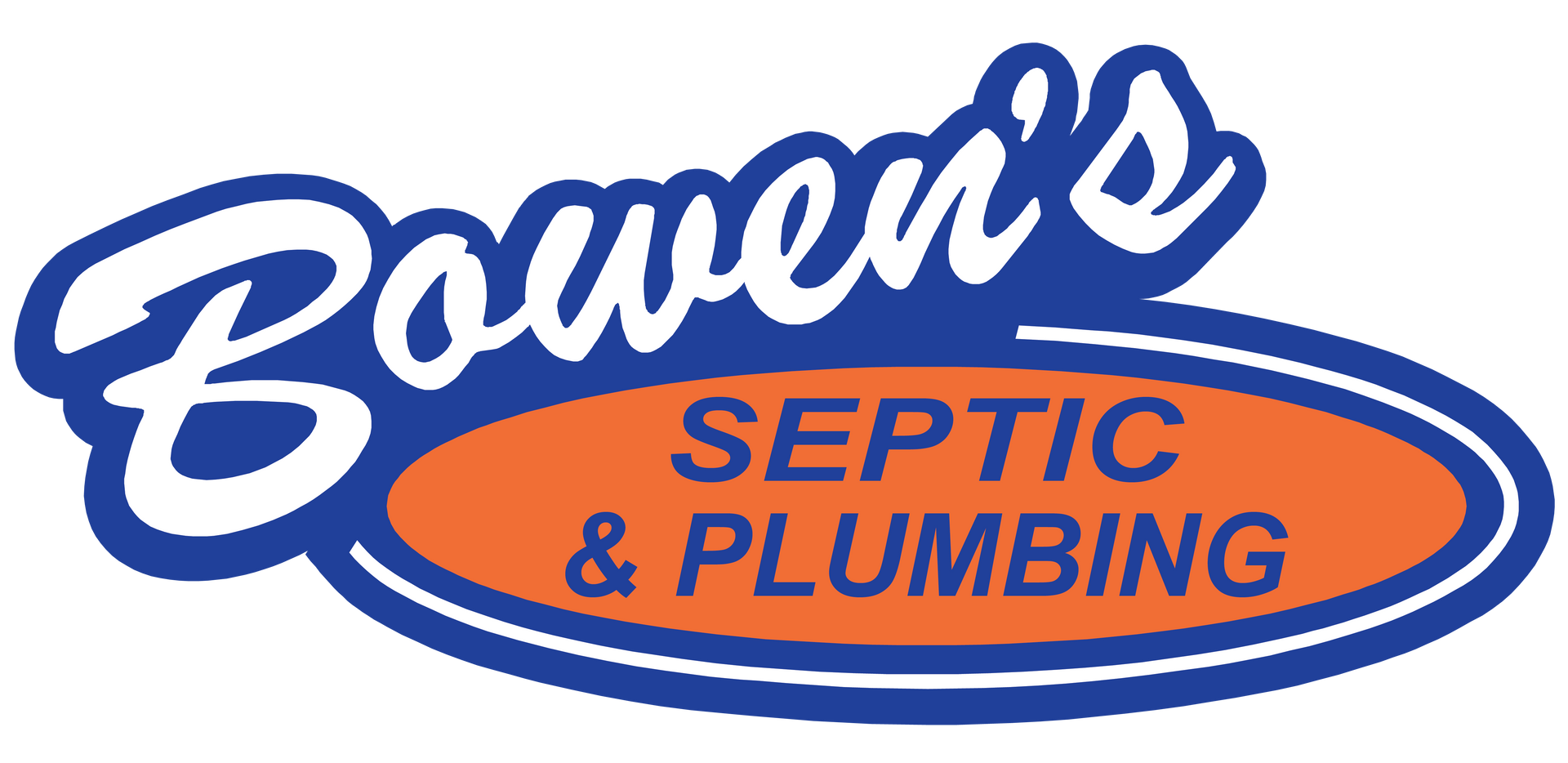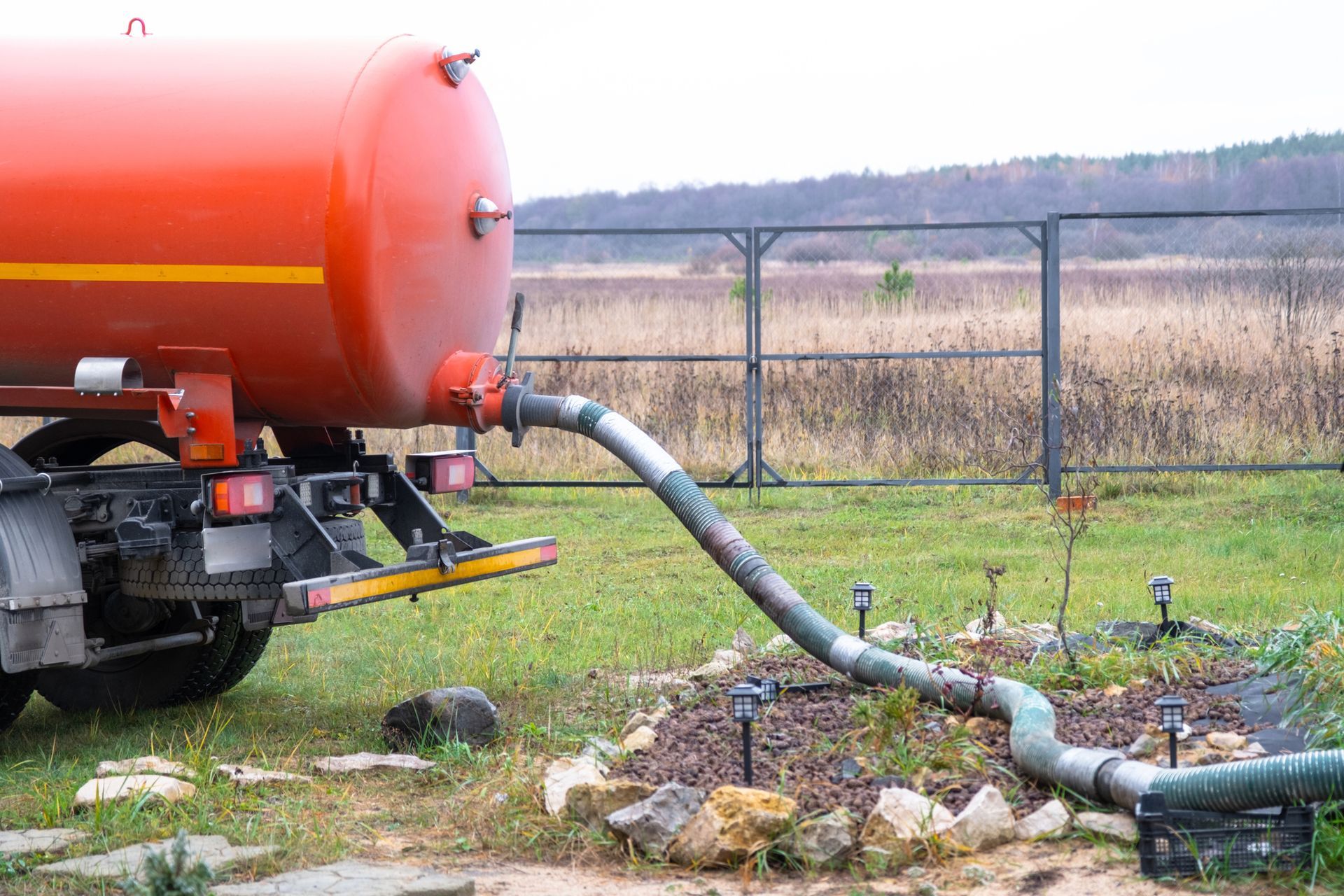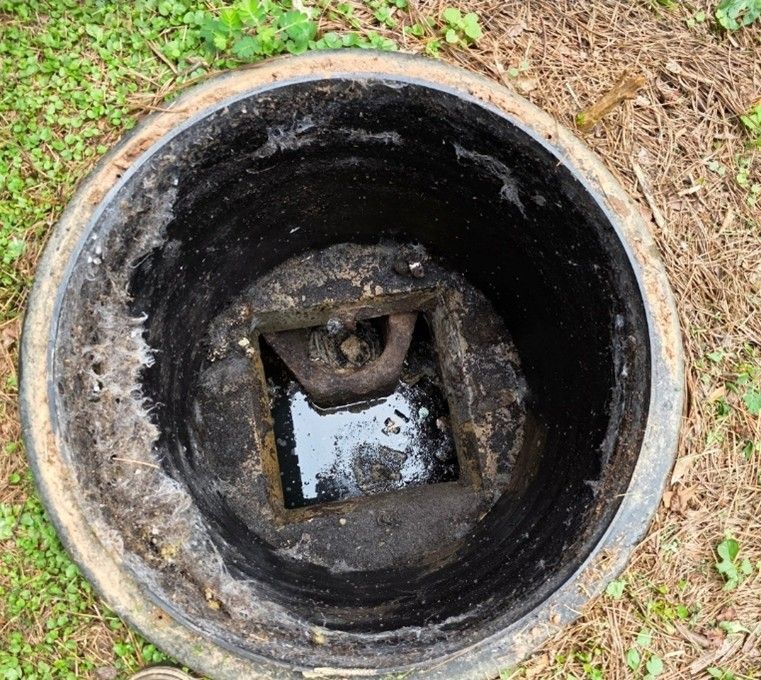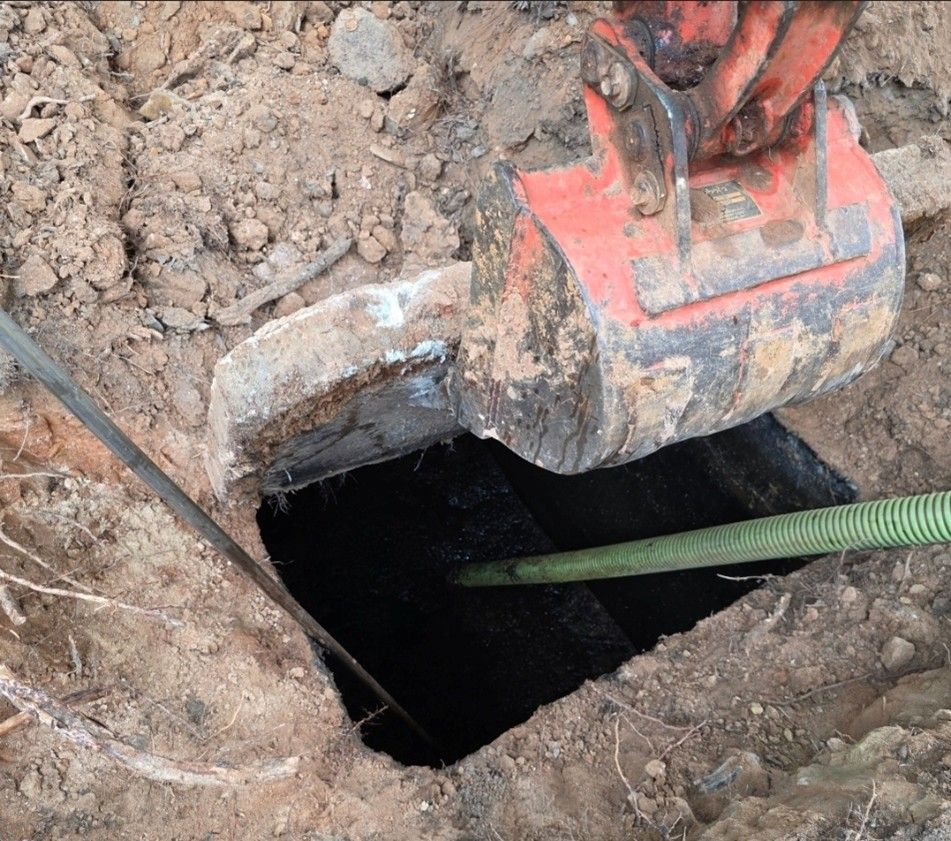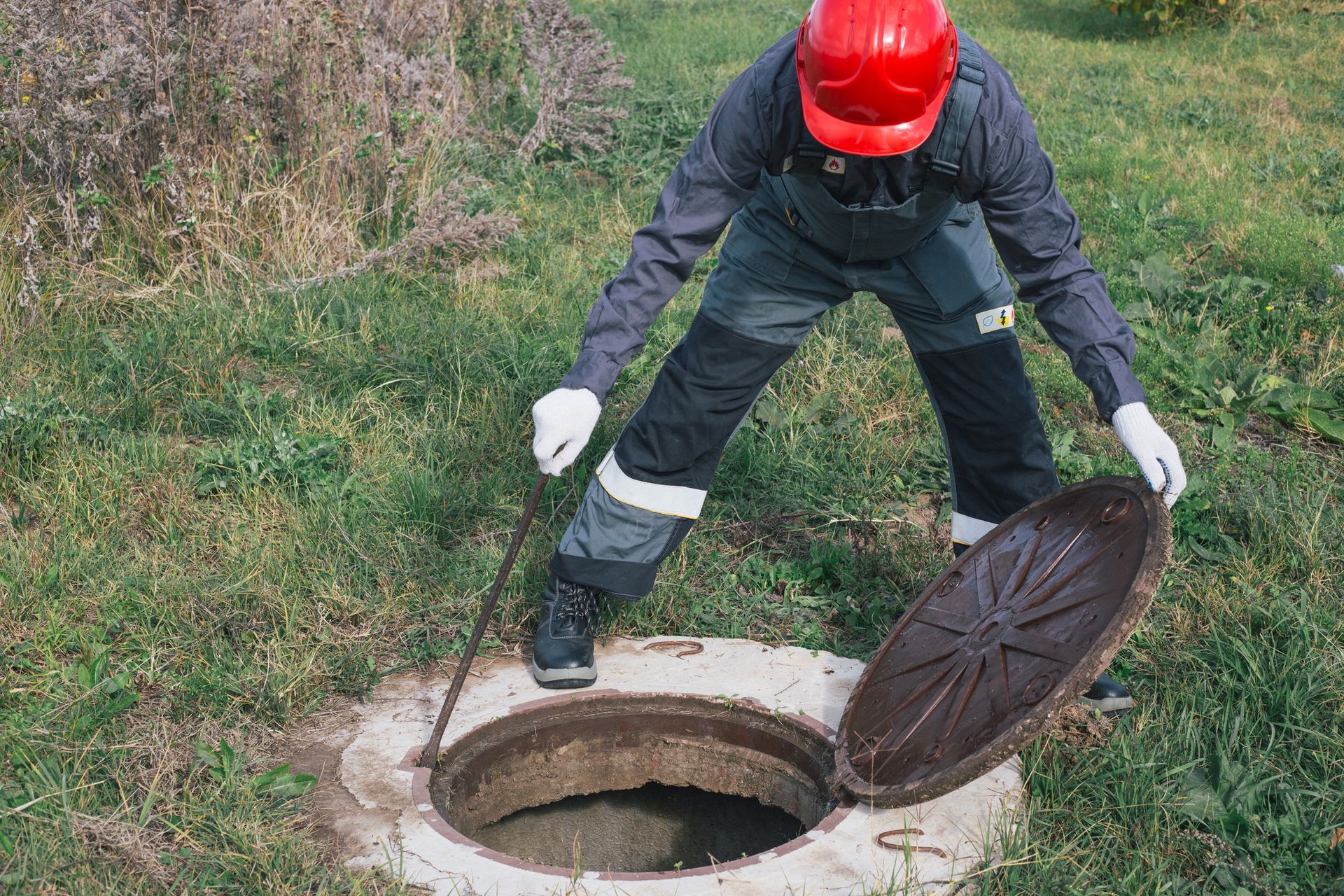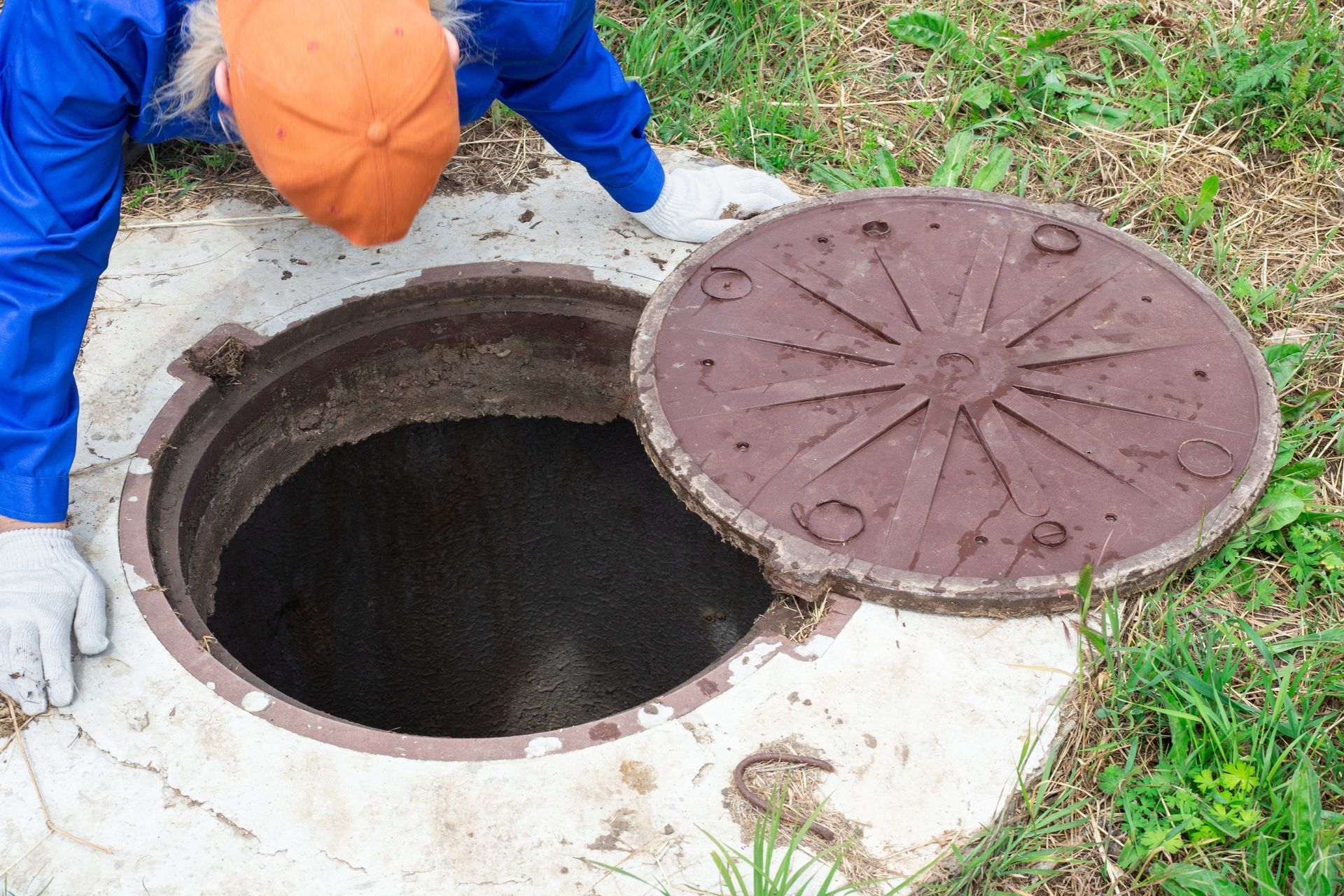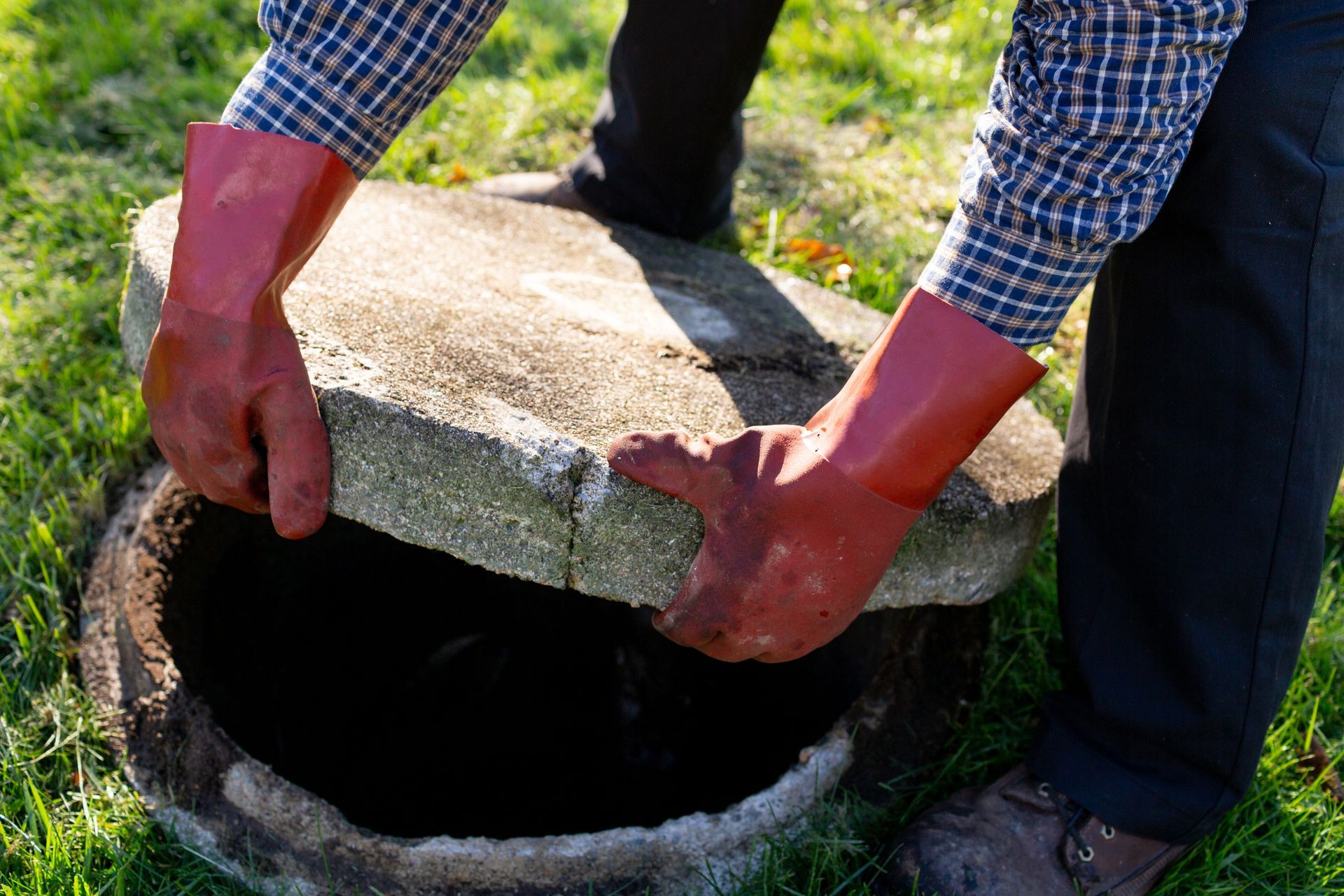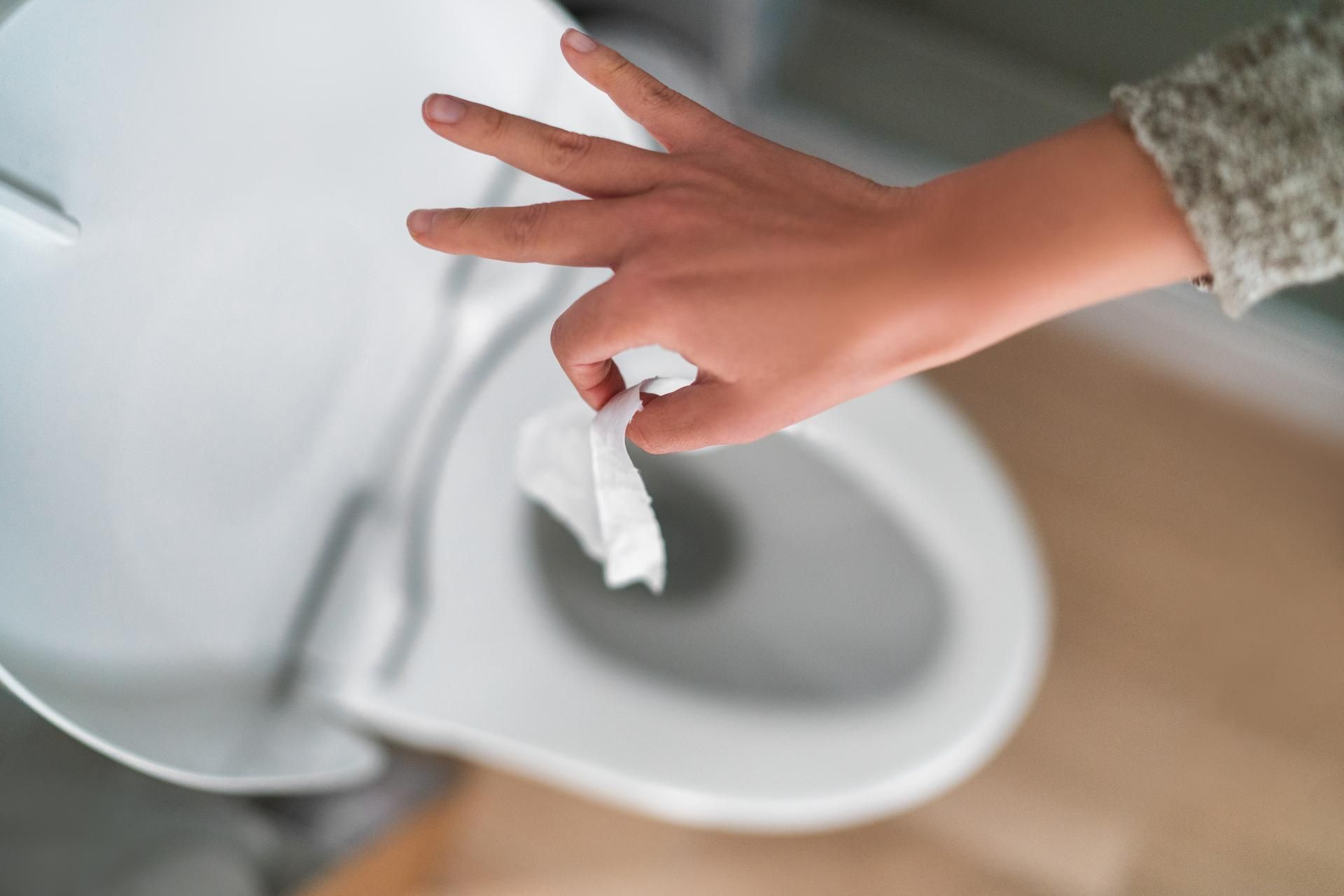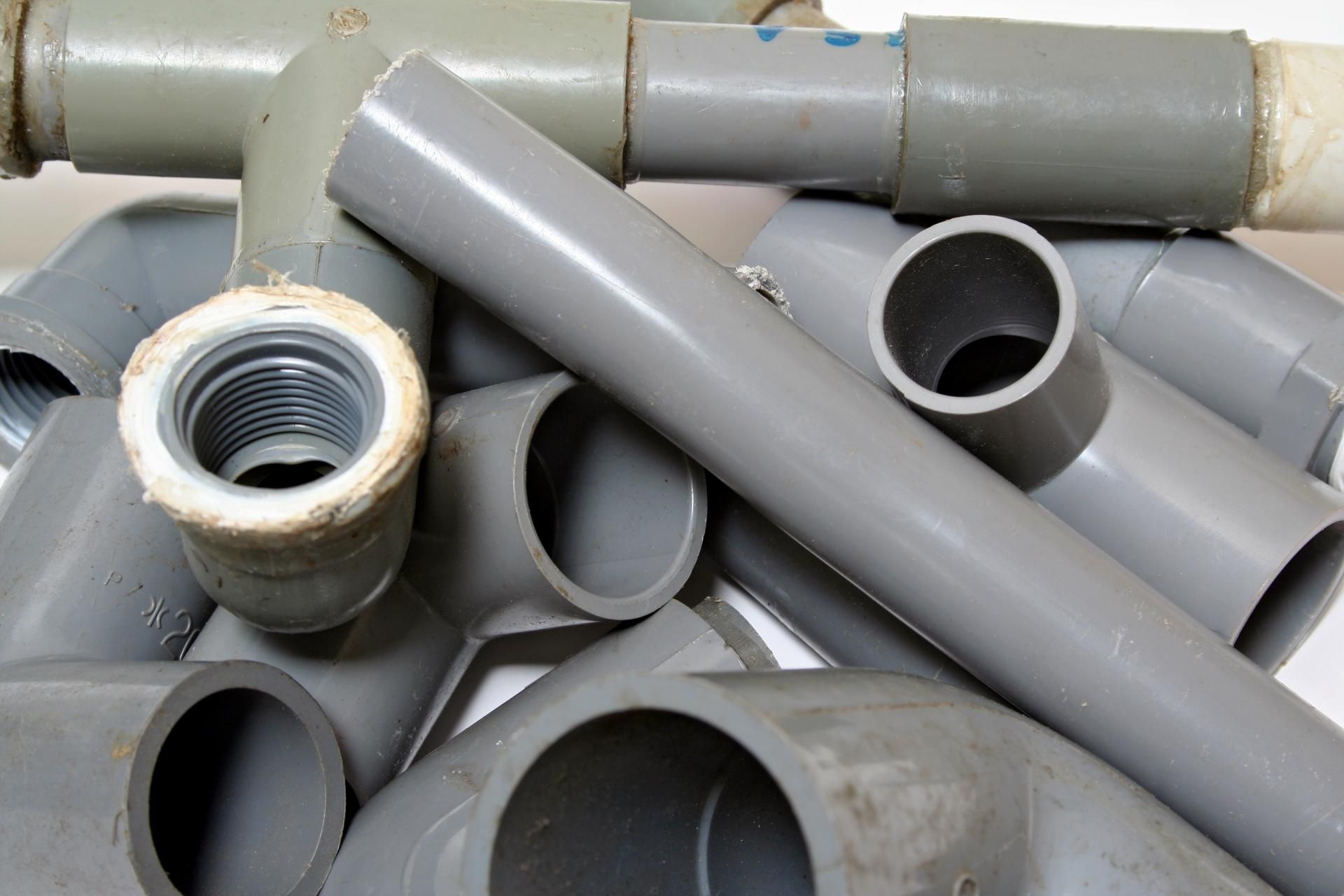How Your Septic System Might Contaminate Nearby Water Sources

Septic waste contains numerous microorganisms and other wastes that should not contaminate water sources. Such contamination can affect people, animals, and even plants. You can only prevent such contamination if you know why or how they happen. Below are some causes of septic contamination of water sources so you know what to look for.
Delayed Pumping
The septic tank provides a holding space for waste to degrade and separate into liquid and solid constituents. The liquids flow out for safe disposal while the solids accumulate in the tank. You need to pump the tank regularly to ensure it doesn't fill with solid wastes.
Your system might overfill with scum if you don't pump it on schedule. In such a case, further effluent from the house won't have anywhere to go. As a result, waste from the tank can overflow and spill through any available opening. Such wastes can easily flow and contaminate nearby water sources.
System Damage
A structurally sound septic system confines the dangerous effluent within specific channels. System damage can allow the effluent to flow out of the system and contaminate nearby water sources. Below are some of the ways this might happen.
Cracked Tank
Septic tanks come in various materials, such as concrete, plastic, and fiberglass. Some of the tank materials, such as concrete, are susceptible to cracks over time. The cracks can allow untreated waste to seep into the ground and contaminate groundwater.
Pipe Damage
A typical septic system has multiple pipes that channel waste to different areas. The main ones are the inlet and outlet pipes that carry waste into and out of the tank. Any of these pipes will spill waste upon breakage. For example, an empty septic tank can float out of the ground during flooding, damaging pipe connections and spewing untreated waste in the process.
Drainfield Flooding
Contractors size and design septic systems with the expected volume of waste in mind. The septic drainfield can only accept and dispose of a specific volume of waste at a time. Thus, anything that sends more waste than the septic design's limit can cause drainfield failure.
For example, the septic drainfield can fail if you use too much water on it or if it floods during the rainy season. Further waste from the tank might flow away from the drainfield and contaminate water sources if that happens. This risk is one of the reasons the ground should slope away from your septic drainfield.
Drainfield Compaction
The drainfield should be neither too compact nor too loose. The drainfield should be compact enough to allow the slow release of waste into the ground. The slow release facilitates waste treatment and confines the waste to the drainfield.
That will not be the case if something compacts your drainfield. For example, driving or parking cars or heavy machinery on the drianfield can compact it. The compaction will allow waste to flow out of the drainfield and potentially contaminate water sources.
Untreatable Wastes
Lastly, know that not every waste that goes into the septic system will degrade. Septic bacteria only act on biodegradable wastes – which are the organic wastes from your house. The bacteria doesn't affect inorganic wastes, such as pesticides, drugs, household cleaners, or diesel.
If you flush such wastes down the drain, they will pass through the system and into the ground in their untreated states. The wastes will be able to contaminate nearby underground water.
You can keep your septic system safe and sound with proper care. Bowen's Septic Tank can help you maintain, service, and repair your septic system. That way, you will lower the risk of contamination and keep your household and neighborhood safe.
Contact us
for consultation or quote on any septic services.
